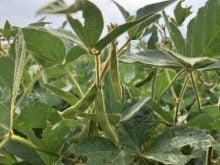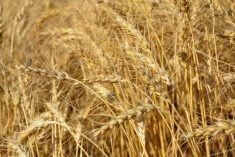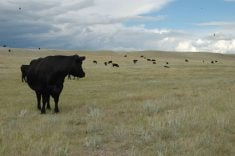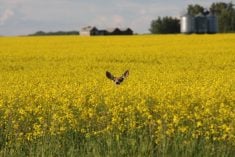Canadian cattle producers are on the defensive as they strive to convince their American counterparts and lawmakers to allow the border to open in March.
American beef producers are concerned an influx of Canadian beef could harm their markets, said Stan Eby, president of the Canadian Cattlemen’s Association.
“Feedlot operators are bidding very strongly for cattle. If there is any downward pressure on their market, it could affect their prices,” he said.
The National Cattlemen’s Beef Association, as well as some members of Congress, suggested last week that the border remain closed for several reasons, including the most recent diagnosis of another Canadian BSE case. Others said the feed ban is not working, citing recent reports of animal protein found in vegetable-based Canadian rations.
Read Also
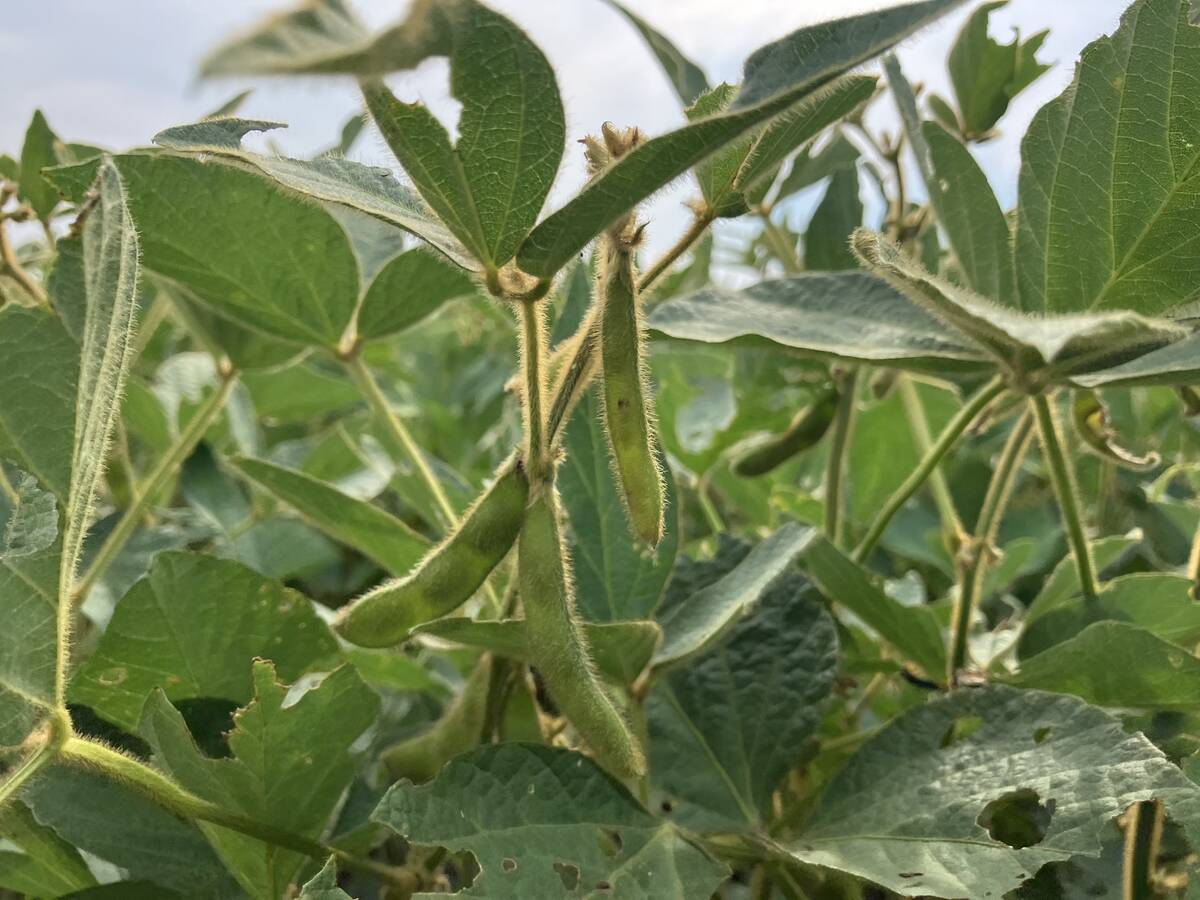
Soybean market still figuring out implications of China-U.S. pact
Soybean futures had a muted reaction to the U.S. trade deal with China as the market tries to figure out the nuances of the deal.
The Canadian Food Inspection Agency is investigating four feed manufacturing plants and the source of the animal protein.
Groups representing American beef interests questioned why trade should resume for Canadian cattle while markets including Japan remain closed to U.S. beef.
The Canadian government and beef producers are lobbying in Washington to deliver the message that Canadian beef is safe and that the border opening anticipated March 7 should not be delayed.
“We are active in Washington getting the message to Congress so when there is a debate, we hope to have our message to key members there,” Eby said.
He suspects Congress may suggest changes to the proposed border opening rule that at present would allow all young ruminants and meat products back into the U.S.
Meanwhile, the traceback on the latest BSE-infected Alberta cow continues. The animal, born Oct. 5, 1996 went down around calving time and was examined Dec. 17 by a private veterinarian who euthanized it and submitted the sample.
The sample reached the Edmonton provincial laboratory Dec. 23 and because of the Christmas break, testing did not run until Dec. 27 when an inconclusive result was received. Final testing at the Canadian Science Centre for Human and Animal Health laboratory in Winnipeg was positive.
The CFIA has found 141 animals from that animal’s herd of which 93 are dairy types and 48 were beef animals born in 1995-97 on the farm of origin near Barrhead, north of Edmonton.
“We are continuing to investigate the location and status of the remaining animals. Given the age of the infected animal, it is likely some of the birth cohorts will have died,” said CFIA veterinarian Gary Little Jan. 7.
There were 55 bull calves in that group that have since been slaughtered for beef before they reached 30 months of age. Nine cows were found, euthanized Jan. 10 and will be tested but another 28 cows remained untraced as of Jan 10.
The USDA confirmed Jan. 7 a birth cohort of the cow diagnosed with BSE earlier this month was exported to the U.S. for immediate slaughter.
Of the birth cohorts, one previously tested negative through the national surveillance program after being reported as a downer.
Some of the older cattle could have ended up as beef but Health Canada officials said there is little risk of anyone becoming ill from consuming the meat. It is believed humans eating contaminated beef could develop a fatal brain condition called Creutzfeldt-Jakob disease.
“The potential entry of those animals into the food supply would therefore represent a very low risk potential for an animal carrying the infection into the food supply,” said Paul Mayers of Health Canada.
Another part of the investigation is tracking feed sources for the animal early in its life. It is possible that the BSE animal’s herd mates could have been exposed to the same feed as the infected animal although finding multiple cases of BSE in a single birth cohort is rare, based on international experiences. No additional cases were uncovered during Canada’s two previous investigations.
“Because we are interested in the feed produced and purchased at least eight years ago, this work involves difficult reconstruction of fragmented information,” Little said.
Tracing could go back as far as examining sources of milk replacer, calf starter and other ration supplies.



